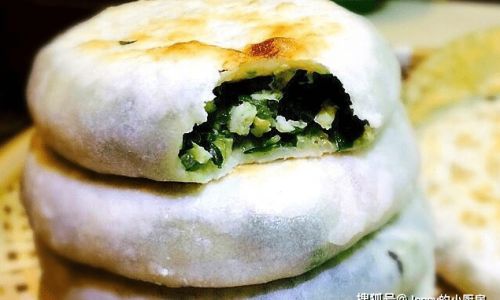Creating a mouthwatering spicy savory pie is an art form that blends the perfect harmony of flavors, textures, and cooking techniques. Whether you’re a seasoned chef or an enthusiastic home baker, mastering this culinary delight can elevate your kitchen creations to new heights. In this comprehensive guide, we’ll delve into every step of the process, from selecting the finest ingredients to achieving that perfect golden crust, ensuring your spicy savory pie is nothing short of extraordinary.
Ingredient Selection: The Foundation of Flavor
The first step in crafting a delicious spicy savory pie is to choose your ingredients wisely. Start with a high-quality pie crust. For a buttery, flaky texture, use a combination of all-purpose flour, unsalted butter, and a touch of ice water. For the filling, the options are endless, but classic choices include ground beef, pork, or chicken, along with an array of spices that define its character.
For the spice blend, consider a mix of red pepper flakes, smoked paprika, cumin, coriander, garlic powder, and onion powder. Fresh herbs like cilantro, parsley, or mint can add a refreshing brightness to balance the heat. Don’t forget the aromatic vegetables – finely chopped onions, carrots, and celery can create a rich, savory base.
Preparing the Filling: Layering Flavors
Begin by sautéing your aromatic vegetables in a bit of olive oil until they’re translucent and fragrant. This step is crucial as it builds the foundational flavor of your pie. Next, add your choice of ground meat, breaking it up with a wooden spoon until it’s evenly browned. Season generously with salt and pepper, and then incorporate your spice blend. Let the spices toast lightly in the fat, releasing their aromatic oils and deepening the flavor profile.
If you’re using beans or lentils for added texture and protein, make sure they’re fully cooked and drained before adding them to the mixture. For a creamy element, a splash of tomato paste or a dollop of yogurt can be incorporated, providing a tangy contrast to the spices. Finally, taste and adjust the seasoning, ensuring the filling is bold and balanced.

Crafting the Crust: The Art of Flakiness
While the filling cools slightly, turn your attention to the crust. In a large bowl, combine the flour and a pinch of salt. Cut the cold, cubed butter into the flour using a pastry cutter or your fingers until the mixture resembles coarse crumbs. Gradually add ice water, one tablespoon at a time, mixing until the dough comes together without being too sticky. Divide the dough into two portions, shape them into discs, wrap in plastic wrap, and refrigerate for at least 30 minutes. This resting period allows the gluten to relax, ensuring a tender crust.
Assembly: Bringing It All Together
On a lightly floured surface, roll out one disc of dough into a circle slightly larger than your pie dish. Gently transfer it to the dish, letting the excess hang over the edges. Pour in the filling, spreading it out evenly. Roll out the second disc of dough and place it over the filling. Trim the excess dough from the edges and crimp or flute the edges to seal. Cut a few small slits in the top crust to allow steam to escape.
Baking to Perfection
Preheat your oven to 400°F (200°C). Brush the top crust with a little milk or egg wash for a golden glow, and sprinkle with a pinch of coarse salt for added flavor. Place the pie on a middle rack in the oven and bake for about 45-55 minutes, or until the crust is golden brown and the filling is bubbling. If the edges of the crust start to brown too quickly, cover them with aluminum foil or a pie shield.

Cooling and Serving
Once baked, allow the spicy savory pie to cool for at least 15 minutes before slicing. This resting period ensures the filling sets properly and the pie holds its shape when cut. Serve your pie warm, accompanied by a dollop of sour cream, yogurt, or even a spicy dipping sauce to enhance its flavors. A side of fresh green salad or steamed vegetables can balance the richness of the pie.
Experimenting and Personalizing
The beauty of making spicy savory pies lies in their versatility. Feel free to experiment with different meats, spices, and vegetables to suit your taste preferences. For instance, incorporating sweet potatoes or butternut squash can add a natural sweetness that complements the spices. You could also try using different types of crusts, such as a whole wheat or gluten-free version, to cater to dietary needs.
In conclusion, crafting a delicious spicy savory pie is a rewarding culinary endeavor that combines precision, creativity, and a love for bold flavors. By following these guidelines and embracing the joy of experimentation, you’ll soon be serving pies that are not only visually stunning but also burst with layers of flavor, leaving your guests eager for the next bite. Happy baking!






0 comments